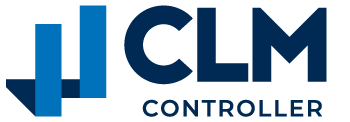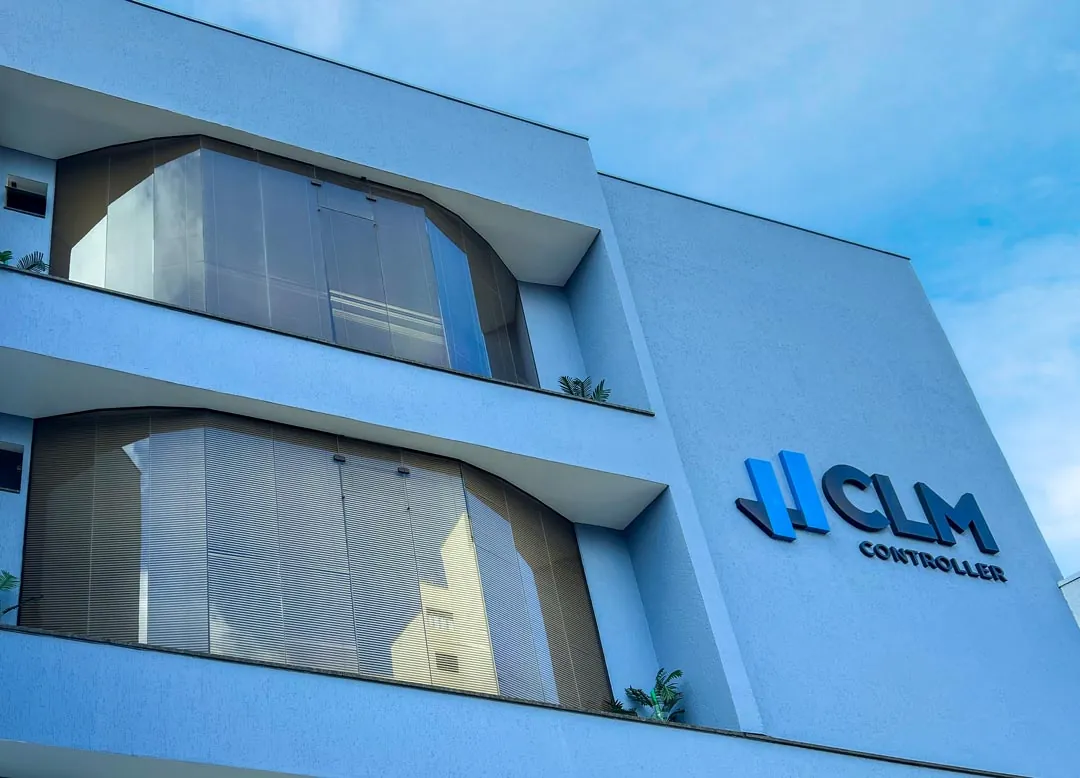With the rapid advance of technology and the increased use of software in our daily lives, it has also become necessary to implement and amend some of the legislation that permeates the issue. Just as changes in taxes and also the regularization of some regulations that deal with the issue.
After many discussions, the STF has already defined that "the licensing and assignment of the right to use computer programs, of any kind, are subject to ISS".
But do you really understand what this change means? I'll explain! But first let's understand exactly what it means softwarewhat types of software and what is the tax on the import of software.
What is software and what types are there?
Software is a set of instructions that must be followed and executed by a electronic mechanismwhether it's a computer or some electromechanical device. With software we can describe and develop programs, apps, scripts, among others using only the computer, dictating what that machine should do. Nowadays, basically everything we know that involves major technologies needs to have a software for execution. Computer, cell phone, tablet, smart TV, console video gameall of them have a softwareWhether it's text, audio or video editing, a game, a browser, etc. Among the most diverse types of softwarethere are customized ones and those of shelf. The first option, as the name implies, is made to order for a specific use, i.e. it is developed specifically for a user. This definition includes Software as a Service (SaaS). The Software off-the-shelf programs are developed on a large scale, in a standardized way and for the general public. Although both be softwaretheir taxes have implications and differences. Previously, customized goods were considered merchandise, while off-the-shelf goods were considered a service. As a result, there were several controversies regarding the taxation of software. Each type of software had a type of tribute. The software shelf, because they were considered merchandise, were taxed by the Tax on Operations related to the Circulation of Goods, the ICMS. The software customizedThese services were taxed at a rate ofelo Service Tax, the ISS. But following a 2021 decision by the supreme federal court has ruled that the licensing and assignment of the right to use computer programsISS is levied on all types of services". [Read more about it:] What is the best tax regime for technology companies?What are the taxes on software imports for buyers?
As a rule, legal entities that hire services from abroad are subject to the payment of taxes and contributions levied on amounts paid, credited, employed or delivered to residents or domiciled abroad.- IRRF (Withholding Income Tax): 15% (or 25% if the provider is in a country considered a tax haven). The deadline for collection is the day the exchange rate closes.
- PIS and COFINS: 1.65% and 7.60% respectively. The deadline for collection is the day the exchange closes.
- ISS: you must pay at your municipality's rate (from 2 to 5%) - Complementary Law 116/2003. The deadline is usually 10 days after the service has been provided.
- IOF: 0.38% on the exchange value. The deadline for collection is the day the exchange rate closes.
- CIDE: 10% on the value of the service + IRRF. The deadline for payment is 15 days after the closing date of the exchange (in the case of technology transfer).
Examples of tax calculations for software imports
A company from São Paulo that is going to buy a software imported from the United States, worth R$2500.00, without technology transfer, she will pay:| Description | Value (R$) |
|---|---|
| Gross value | R$2875,00 |
| IRRF | R$441,18 |
| Net value | R$2500,00 |
| CIDE | No impact |
| ISS (Municipality of São Paulo) | R$72,50 |
| Import PIS | R$53,48 |
| Cofins Import | R$246,31 |
| Total taxes | R$678,75 |
Taxes on software imports for traders
Just like those who buy software, those who sell it also have to pay taxes. There are three types of tax regime, which you need to understand in depth in order to know which one best suits your company. Lucro Real, Lucro Presumido and Simples Nacional are the options that IT companies find in the software import market. Each one has its own particularities, and the taxes change according to the modality.Real Profit
Lucro Real is a type of tax that only affects the company's final profit, whether monthly or quarterly. The amount taxed only refers to the actual profit from the sale of software. Companies with a turnover of more than R$78 million in the calculation period are obliged to comply with the Real Profit regime. Other organizations can choose this tax style if it suits them.The Real Profit rules are
- 1.65% (non-cumulative); (Cosit Consultation Solution No. 448, of September 18, 2017 Non-cumulative PIS and COFINS add software license).
- 7.6% (non-cumulative); (Cosit Consultation Solution No. 448, of September 18, 2017 Non-cumulative PIS and COFINS add software license).
- IRPJ: 15% of the tax profit calculated with an additional 10% on what exceeds R$ 60,000.00 in the quarter;
- CSLL: 9% of the taxable profit;
- ISS: varies depending on the municipality.
Here's an example of a Real Profit calculation
A company located in Pernambuco, in the municipality of Recife, with a quarterly profit of R$ 80,000.00 will pay| Description | Value (R$) |
|---|---|
| Profit | R$ 80.000.000,00 |
| PIS | R$ 1.320.000,00 |
| COFINS | R$ 6.080.000,00 |
| IRPJ | R$ 12.000.000,00 |
| IRPJ | R$ 7.940.000,00 |
| CSLL | R$ 7.200.000,00 |
Presumed Profit
Different from Real ProfitThe Presumed Profit system is simpler for determining the IRPJ and CSLL calculation basis. Unlike the tax presented above, Presumed Profit calculates taxes based on a presumption of taxable income from previous calendar years. In February 2023, the RFB issued a consultation solution COSIT No. 36/2023, in which it changed its position on the percentage of presumed profit applicable to this activity to 32%. Companies with a turnover of less than R$78 million that are not obliged to do so opting for Real Profit, can be classified as Presumed Profit.The Presumed Profit rules are:
- PIS: 0.65% (cumulative);
- COFINS: 3.00% (cumulative);
- IRPJ: 15% of presumed profit with additional 10% on what exceeds R$ 60,000.00 in the quarter; (Presumption 32% or 12% of turnover)
- CSLL: 9% of presumed profit (Presumption 32% of turnover);
- ISS: varies depending on the municipality.
Here's an example of a Presumed Profit calculation
A company based in São Paulo, which had a presumed profit margin of R$30 million in the quarter. It will pay| Description | Value (R$) |
|---|---|
| PIS | R$ 195.000,00 |
| COFINS | R$ 900.000,00 |
| IRPJ | R$ 1.440.000,00 |
| CSLL | R$ 864.000,00 |
| IRPJ | R$ 954.000,00 |
Simples Nacional
The simple national system is much simpler than the other two taxes mentioned above. So, all taxes are collected in a single form payment. Normally Simples Nacional reduces the tax burdenHowever, it is not always the best option for a software production company, because the calculation of the Simples Nacional varies according to the activities carried out. Companies that develop customized or non-customized software are subject to taxation determined by the tax code. Annex IIIsubject to Factor "r". The activity will be taxed by Annex V when the "r" Factor is less than 28%.| Gross revenue in 12 months | Rate | Deduction from the amount to be paid |
|---|---|---|
| Up to R$ 180,000.00 | 15.50% | 0 |
| From R$ 180.000,01 to R$ 360.000,00 | 18.00% | R$ 4.500,00 |
| From R$ 360.000,01 to R$ 720.000,00 | 19.50% | R$ 9.900,00 |
| From R$ 720,000.01 to R$ 1,800,000.00 | 20.50% | R$ 17.100,00 |
| From R$ 1,800,000.01 to R$ 3,600,000.00 | 23.00% | R$ 62.100,00 |
| From R$ 3,600,000.01 to R$ 4,800,000.00 | 30.50% | R$ 540.000,00 |
Annex lll Supplementary Law no. 123 of December 14, 2006 (effective 01/01/2018)
Aliquots and sharing of Simples Nacional - Revenues from the rental of movable property and the provision of services not listed in the 5th -C of Art. 18 of this complementary law| Gross Revenue in 12 Months (in R$) | Rate | Amount to deduct (in R$) |
|---|---|---|
| Up to R$ 180,000.00 | 6.00% | - |
| From R$ 180.000,01 to R$ 360.000,00 | 11,20% | R$ 9,360.00 |
| From R$ 380,000.01 to R$ 720,000.00 | 13.50% | R$ 17,640.00 |
| From R$ 720,000.01 to R$ 1,800,000.00 | 16.00% | R$ 35.640,00 |
| From R$ 1,800,000.01 to R$ 3,600,000.00 | 21.00% | R$ 125.640,00 |
| From R$ 3,600,000.01 to R$ 4,800,000.00 | 33.00% | R$ 648.000,00 |





